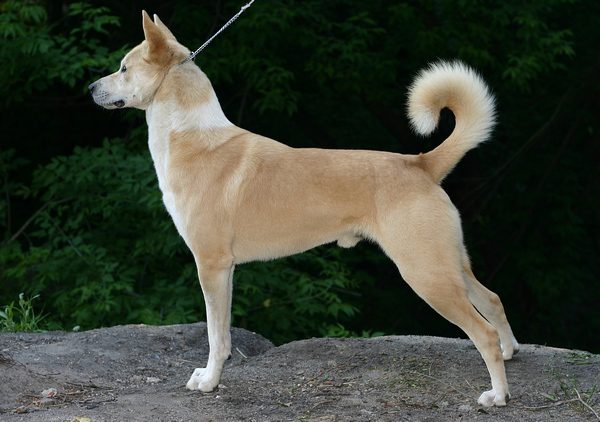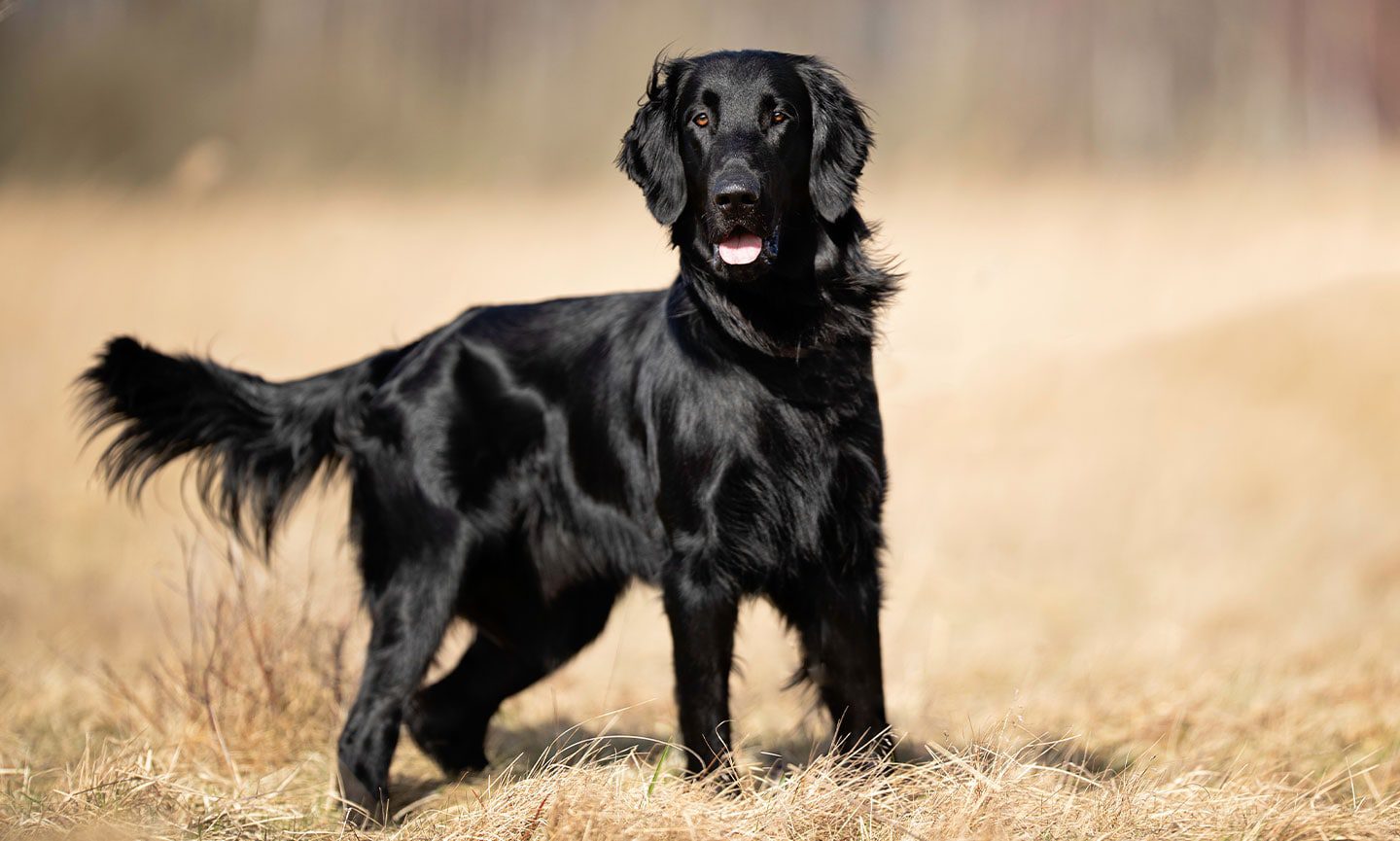Key Takeaways:
- Chesapeake Bay Retrievers are known for their exceptional water-retrieving abilities and love for swimming.
- This breed is highly intelligent and requires mental stimulation through training and interactive toys.
- Chesapeake Bay Retrievers have a thick, waterproof coat that needs regular brushing to prevent matting and to maintain its natural oils.
- Regular exercise, including daily walks or runs, is essential to keep this energetic breed happy and healthy.
- Proper socialization from an early age is crucial for Chesapeake Bay Retrievers to prevent aggressive or fearful behavior towards strangers or other animals.
Are you a dog lover? If so, get ready to embark on an exciting journey into the world of Chesapeake Bay Retrievers! These incredible dogs are not only adorable and loyal companions, but they also possess a unique set of characteristics that make them stand out from other breeds. By exploring the traits and care requirements of Chesapeake Bay Retrievers, you'll gain valuable insights that will help you better understand and care for these amazing creatures. Whether you're considering getting a Chesapeake Bay Retriever or simply want to expand your knowledge of dog breeds, this topic is essential for any dog enthusiast. So, let's dive in and discover what makes these furry friends so special!
What is a Chesapeake Bay Retriever and what makes it special?
A Chesapeake Bay Retriever is a breed of dog that originated in the United States, specifically in the Chesapeake Bay area. They were originally bred to retrieve waterfowl for hunters, and their strong swimming abilities and webbed feet make them excellent swimmers. One thing that makes Chesapeake Bay Retrievers special is their incredible strength and endurance. They have a muscular build and are known for their ability to work tirelessly in challenging conditions.
Another unique feature of Chesapeake Bay Retrievers is their waterproof coat. Their double coat consists of a short, thick outer layer and a dense, woolly undercoat. This coat helps to insulate them from cold water while also providing protection from thorny bushes or rough terrain. The oils in their coat also help to repel water, allowing them to stay dry even in wet conditions.
How does the Chesapeake Bay Retriever's coat help them in water activities?
The Chesapeake Bay Retriever's coat is specially designed to help them excel in water activities. The dense undercoat provides insulation, keeping them warm even in chilly waters. The outer layer of their coat is oily, which helps repel water and keeps their skin dry. This allows them to swim more efficiently without getting weighed down by excess moisture.
Their thick fur also provides protection against debris and sharp objects they may encounter while swimming or retrieving items from the water. Additionally, the webbed feet of Chesapeake Bay Retrievers give them better propulsion through the water, making it easier for them to navigate currents and waves.
What is the temperament of a Chesapeake Bay Retriever and why is it important for certain activities?
The temperament of a Chesapeake Bay Retriever can be described as intelligent, loyal, and protective. They are known for their strong work ethic and willingness to please their owners. This temperament is important for certain activities because it allows them to focus on tasks and follow commands effectively.
For example, in hunting or search and rescue activities, the Chesapeake Bay Retriever's loyalty and intelligence make them excellent partners. They can quickly learn and remember specific commands or signals, making them reliable in high-pressure situations. Their protective nature also ensures that they will stay by their owner's side and work diligently to complete the task at hand.
How much exercise does a Chesapeake Bay Retriever need every day, and why is it important?
A Chesapeake Bay Retriever needs at least an hour of exercise every day to stay healthy and happy. This breed has a lot of energy to burn, so regular exercise is crucial for their physical and mental well-being. Without enough exercise, they may become bored or restless, which can lead to destructive behavior.
Exercise helps keep a Chesapeake Bay Retriever physically fit and maintains their muscle tone. It also provides mental stimulation, preventing boredom and promoting good behavior. Activities such as swimming, retrieving games, or long walks are ideal for this breed as they allow them to use their natural abilities while burning off excess energy.
What are some common health concerns for Chesapeake Bay Retrievers and how can they be prevented or managed?
Chesapeake Bay Retrievers are generally healthy dogs but may be prone to certain health issues. One common concern is hip dysplasia, which is a condition where the hip joint doesn't develop properly. Regular vet check-ups can help detect this condition early on, and maintaining a healthy weight through proper diet and exercise can help prevent its onset.
Another health concern for Chesapeake Bay Retrievers is progressive retinal atrophy (PRA), which is a degenerative eye disease. Regular eye exams by a veterinarian can help monitor the dog's eye health and detect any signs of PRA. Additionally, responsible breeding practices that prioritize genetic health can help reduce the risk of this condition.
Proper nutrition, regular exercise, and routine veterinary care are essential for maintaining the overall health and well-being of Chesapeake Bay Retrievers. It is also important to provide them with a safe and comfortable environment to prevent accidents or injuries.
Tips on grooming and maintaining the coat of a Chesapeake Bay Retriever
Grooming a Chesapeake Bay Retriever's coat requires regular brushing to remove loose hair and prevent matting. A slicker brush or a grooming rake can be used to reach through their dense fur and remove any tangles or dead hair. Brushing should be done at least once a week, but during shedding seasons, more frequent brushing may be necessary.
Bathing should be done as needed, using a dog-specific shampoo that won't strip away the natural oils in their coat. The oily outer layer of their coat helps repel dirt and water, so frequent bathing is not recommended as it can dry out their skin.
Trimming their nails regularly is also important to prevent overgrowth and discomfort while walking or running. Additionally, cleaning their ears regularly with a vet-approved ear cleaner can help prevent ear infections.
Special training needs and considerations for owning a Chesapeake Bay Retriever
Chesapeake Bay Retrievers are intelligent dogs that thrive with consistent training and positive reinforcement. They respond well to firm yet gentle guidance from an experienced owner or trainer. Early socialization is crucial for this breed to ensure they grow up to be well-behaved and friendly around people and other animals.
Because Chesapeake Bay Retrievers have a strong prey drive, it is important to teach them reliable recall commands and proper leash manners. This will help prevent them from chasing after small animals or becoming overly excited during walks or outdoor activities.
Training sessions should be kept short and engaging to maintain their focus and prevent boredom. Positive reinforcement techniques such as treats, praise, and playtime can be used to motivate and reward good behavior. Consistency, patience, and a calm yet assertive demeanor are key when training a Chesapeake Bay Retriever.
In conclusion, Chesapeake Bay Retrievers are loyal and intelligent dogs that require regular exercise and mental stimulation. With proper care and training, they can make wonderful companions for active individuals or families who are committed to meeting their needs.
Are Chesapeake Bay retrievers good house dogs?
The Chesapeake Bay Retriever is not well-suited for apartment living and is not recommended as a first dog for inexperienced owners in any type of living situation. However, for an experienced person with an active lifestyle, the Chessie can be a content and calm house dog as long as their exercise needs are properly met.
What is the personality of a Chesapeake Bay Retriever?
Chessies are loyal and cautious with their owners, showing politeness but not extreme friendliness towards strangers. They are great watchdogs and skilled athletes. When properly socialized, a Chessie is a confident and reliable companion and hunting partner.
Does Chesapeake retrievers like warm or cold weather?
The Chesapeake Bay Retriever, bred as a water dog for sporting purposes, thrives in cooler climates but can handle warmer climates as long as there are regular opportunities for swimming. While they may be inactive indoors, they do best in a home with a fenced yard where they can engage in play.
What you need to know about Chesapeake Bay retrievers?
These retrievers demonstrate impressive endurance and excel in their ability to work efficiently. Their dense double coat equips them to withstand even the most extreme weather conditions. Not only are they strong and agile, but they also possess remarkable stamina. Additionally, they are intelligent and content dogs with a loving and affectionate disposition.
Can Chesapeake Bay Retrievers be left alone?
Chesapeake Bay Retrievers are faithful companions and make a great addition to a family that leads an active lifestyle. While they can be good house dogs, they may exhibit destructive behavior and mischief if they are not adequately stimulated or left alone for extended periods of time.
Do Chesapeake Bay Retrievers bark a lot?
The Chesapeake Bay retriever is not known for excessive barking or being overly excitable. In fact, this breed is known to have an even-tempered personality. Experts in the breed often find that Chesapeake Bay retrievers are easily trainable and can be housebroken with relative ease.

















